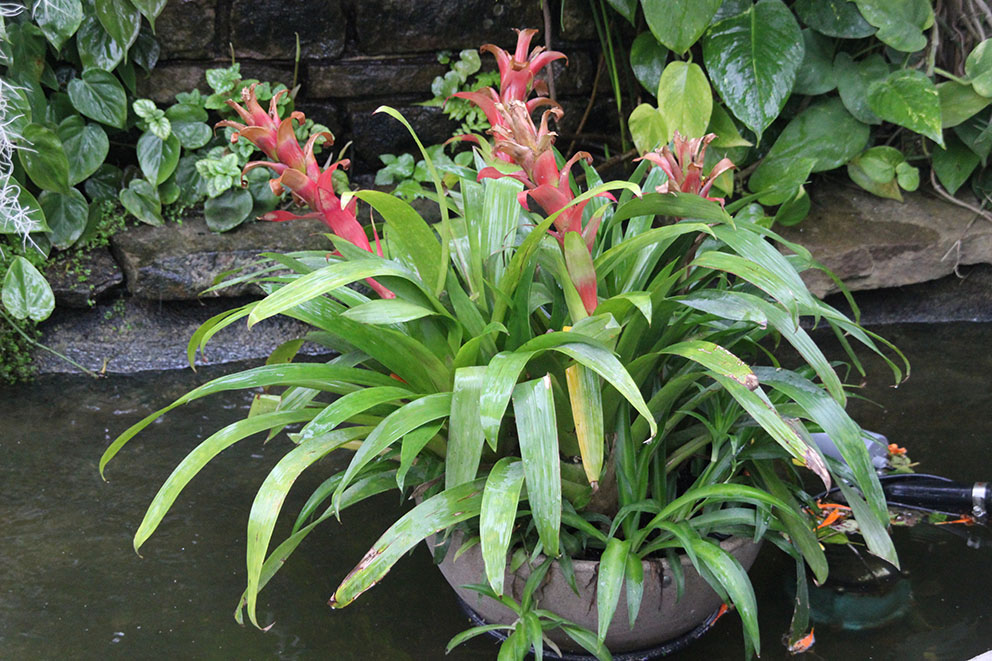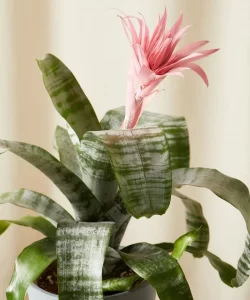- English
- Chinese
- French
- German
- Portuguese
- Spanish
- Russian
- Japanese
- Korean
- Arabic
- Irish
- Greek
- Turkish
- Italian
- Danish
- Romanian
- Indonesian
- Czech
- Afrikaans
- Swedish
- Polish
- Basque
- Catalan
- Esperanto
- Hindi
- Lao
- Albanian
- Amharic
- Armenian
- Azerbaijani
- Belarusian
- Bengali
- Bosnian
- Bulgarian
- Cebuano
- Chichewa
- Corsican
- Croatian
- Dutch
- Estonian
- Filipino
- Finnish
- Frisian
- Galician
- Georgian
- Gujarati
- Haitian
- Hausa
- Hawaiian
- Hebrew
- Hmong
- Hungarian
- Icelandic
- Igbo
- Javanese
- Kannada
- Kazakh
- Khmer
- Kurdish
- Kyrgyz
- Latin
- Latvian
- Lithuanian
- Luxembou..
- Macedonian
- Malagasy
- Malay
- Malayalam
- Maltese
- Maori
- Marathi
- Mongolian
- Burmese
- Nepali
- Norwegian
- Pashto
- Persian
- Punjabi
- Serbian
- Sesotho
- Sinhala
- Slovak
- Slovenian
- Somali
- Samoan
- Scots Gaelic
- Shona
- Sindhi
- Sundanese
- Swahili
- Tajik
- Tamil
- Telugu
- Thai
- Ukrainian
- Urdu
- Uzbek
- Vietnamese
- Welsh
- Xhosa
- Yiddish
- Yoruba
- Zulu
- Kinyarwanda
- Tatar
- Oriya
- Turkmen
- Uyghur

Unique and varied family of plants with many different kinds and forms are bromeliads. Both interior ornamental plants and landscape design call for them. Not just for their vivid foliage and blossoms, but also for their adaptability and simple maintenance, these incredibly decorative plants From rainforests to desert surroundings, they are typically found in tropical and subtropical regions. Their incredible variety and original survival techniques have made them very essential in nature.

bromeliads
Morphological qualities
Their foliage and blossoms are the most remarkable aspects. Usually organized in ribbons, the leaf hues range from green and silver to red and purple, and even with stripes and stripes. This makes bromeliads very decorative even in non-blossom season. Many bromeliads may live in really dry conditions as their leaves also create a central funnel-shaped structure to retain water.
One of bromeliads’ highlights are also its blossoms. Most types have extensive blossoming seasons and vividly colored blossoms that could last weeks or even months. Their blooms varies in hue; red, pink, yellow and orange are very frequent. Though sometimes they are bracts of the inflorescence rather than actual flowers, their vivid colors and distinctive forms nonetheless give bromeliads great appeal.
Development surroundings and flexibility
From tropical rainforests to dry deserts, the distribution range is very broad and encompasses several environmental situations. These plants can adapt to a range of varied temperatures and soil conditions, hence in nature they may be observed growing on rocks, trees, or under ground.
Usually in indoor settings, medium to strong indirect light is needed; certain species, like Tillandsia, may even thrive in low light. They are thus very fit for indoor growth, particularly in apartments or workplaces lacking enough light. Placing the plants next to a window but away from direct sunlight is advised to maintain their health. Furthermore, bromeliads have great humidity needs, particularly in dry air conditions; so, raising air humidity promotes their development.
Control of Water
Most bromeliads unlike other plants do not need regular watering. Many bromeliads retain water via their funnel-shaped leaf structure, hence daily care calls for not constant soil moisture retention. Conversely, overwatering could lead to rot of the plant roots, therefore influencing health.
Generally speaking, rather than watering bromeliads on the ground, you may pour water straight into the funnel in the middle of the leaf. Spraying water is a good approach to keep those bromeliads growing on rocks or tree trunks wet. Furthermore highly sought for air humidity, thus if the house air is too dry, you may raise the humidity suitable to guarantee the healthy development of the plants.
Cycle of reproduction and growth
Though there are other ways to propagate bromeliads, seed and division propagation is the most often used one. Most bromeliads will progressively wither after blooming; new young plants will sprout at their base and may be divided into fresh pots. This kind of propagation not only gets fresh bromeliad plants in less time but also is basic and straightforward to use.
Relatively complex and with a longer growth cycle is seed propagation. Since bromeliads may take many years to develop from seeds to bloom, division propagation is more often used and sensible in real operation.
Particularly the blossoming stage, the development cycle is protracted. While additional young plants will also grow at the same time, most bromeliads bloom once and the mother plant will progressively die after blooming. Thus, even if the plant’s blooms may only show once, their life is continuously ongoing in the young plants.
Bromeliaceae for interior design
Often used as interior ornamental plants, they have unusual form and vivid colors. They may be positioned on windowsills, bookcases, desks, other surfaces, and thus improve the natural surroundings as well as provide a hint of tropical design inside. Particularly in current and contemporary home design, their minimal upkeep and distinctive attractiveness have made them very popular option.
They are also quite common in interior situations because of their air purifying ability. By efficiently absorbing dangerous airborne pollutants like formaldehyde, benzene, and other chemicals, they help to improve indoor air quality. This makes bromeliads not only aesthetically pleasing but also help the living space breathe better.
Typical Issues and remedies
Growing indoors may provide certain issues even if generally simple to maintain. Typical issues on leaves include brown patches, yellowing, or drying out. While brown patches may be brought on by too much light or too low air humidity, yellowing leaves often result from either too little or too much water. Change the light, water, and humidity of a plant experiencing these issues to help it to recover its health.
Furthermore indicating a nutrient shortage might be the slowing down of the plant’s growth rate or the loss of shine on its leaves. Although bromeliads need little fertilizer, a little application of common indoor plant fertilizers may encourage their development, particularly when nutrients are added gradually throughout the growing season.
Variations and Choice
There are many distinct kinds of bromeliads fit for various habitats and growing circumstances. Common bromeliads for indoor growers include of red swords, bromeliads, and Tillandsia (air plants.) These types are very popular for indoor growing not only because of their great beauty but also because they change with humidity and light.
The most unusual of the bromeliads are tillandsia, also called as air plants. Through their leaves, they collect moisture and nutrients from the air rather than soil to flourish. They are thus ideal for contemporary homes, hanging on walls, draped on suspended ceilings, or set on any surface.
A fantastic indoor decorative plant, the red sword is renowned for its brilliant crimson inflorescences and thick, ribbon-like leaves. Red swords fit low light environments as their relative low light demand makes them appropriate.

Bromeliad Aechmea Primera
Being a varied family of plants, bromeliads are not only vital in the wild but also very common in home design and gardening. Their unusual forms, vibrant blooms and foliage, and environmental adaptation make them a perfect option for house vegetation. Whether it’s the brilliant inflorescence of Bromelia or the soilless growing technique of Tillandsia, bromeliads provide a distinct tropical look for inside environments. Bromeliads may flourish in a range of conditions with appropriate lighting, moderate water management and air humidity control, thereby providing more greenery and energy to our life.



